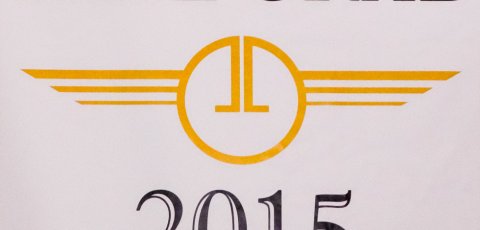Student Engagement
I like to think of engagement as synonymous with commitment to a cause or value to an idea. The more I value something, the more likely I am to be committed to it, the more likely I will be engaged with it. Largely as a consequence of brain research, we now know more about student engagement than ever before. While there are various kinds of engagement (e.g. social, academic), I would argue that our current curricular renovation is most invested in the intellectual engagement of our children. Research (and the students themselves) tells us that student engagement is key to student achievement.
How do we engage students in such a way that they move beyond attentive and compliant, and into the realm of truly committed to learning? We cannot realistically expect that students will be deeply engaged in every learning task they encounter, but it is not unreasonable to expect that on a regular basis each student will experience something that intellectually fulfills him/her. Our redesigned curriculum attempts to respond to this challenge by opening the door to enduring essential questions, cross-curricular competencies, and flexible content. To return to what Garfield Gini-Neumann suggested to us, a critical part of student engagement is giving students real tasks, and allowing real audiences to review/assess their work. This is no small task, but as I will discuss next time, we can leverage technology to make these experiences more prevalent.
Student engagement is ever more challenging in the face of numerous other distractors in our students' lives. Still, we know that strong classrooms have consistently engaged students who are passionate about their learning.
Critical, Creative and Collaborative Inquiry
In my mind, inquiry is all about curiosity. The wonder that is apparent in our youngest children should exist in all of us. Put simply, it is the extent to which learning involves working with others (i.e. collaborative) to draw well-informed (i.e. critical) and imaginative (i.e. creative) conclusions to problems within the boundaries of the curriculum. In our personal and professional lives, all of us (should) find interesting ways to work with others to arrive at the best solutions to the problems we face. Should our students be any different?
Our curricular renovations in this area will involve teachers re-forming the role they play in classrooms: Not as the ‘keeper of the answers, but as the ‘asker of questions’ or the ‘choreographer of learning.’ The renovation requires that we accept that the answer to these probing challenges are just ‘out there,’ and that we need to equip students to work skillfully with each other to assess the numerous options available to them in arriving at their solutions. To borrow from Gini-Neuman again, this is really about ‘problematizing learning,’ or delaying immediate access to the solutions they seek.
A few years from now when the question is asked “how are the schools’?” we will be more comfortable saying they are great in part because our students are routinely involved in critical, creative and collaborative inquiry that consistently engages their intellect.
I will share some thoughts about the other two features — Digital Literacy, and Self-regulation – in Part 3 of this post.
~ Kevin
Kevin Godden
Superintendent of Schools/CEO
Abbotsford School District



